If you find yourself in central Portugal, near Santarém, you’ll want to dedicate a couple of hours to visiting Casa dos Patudos. It was once the home of José Relvas, a well-known Portuguese statesman and art collector. Describing the estate as a museum would be a redundancy, because it actually is one! But when you glimpse at what’s inside, you may not believe that 100 years ago this was someone’s private home…
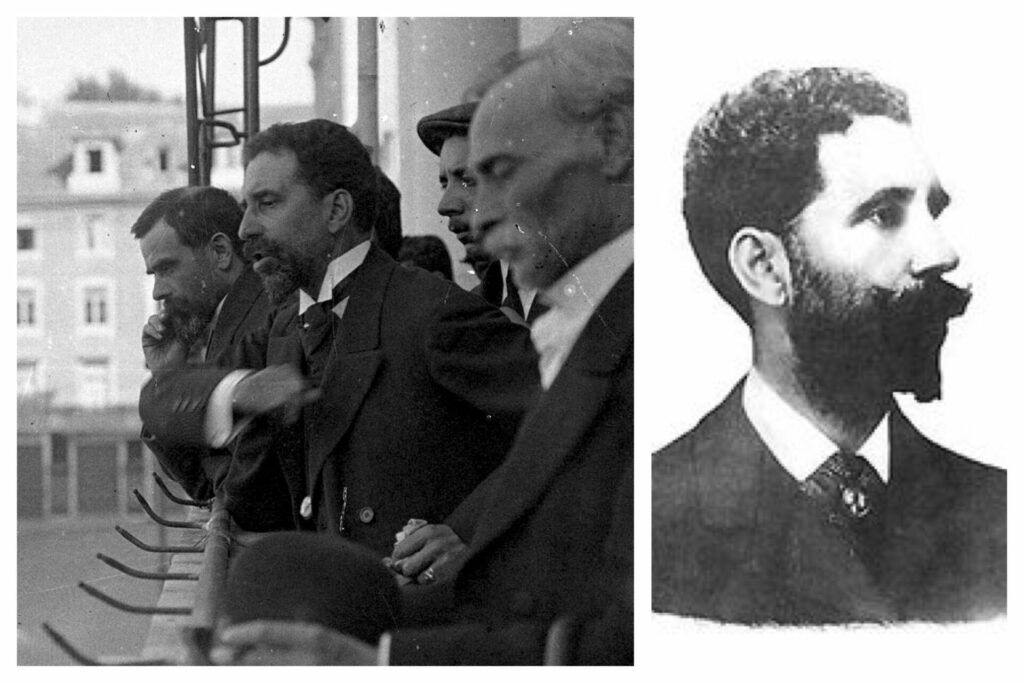
A little bit of background on José Relvas for those of you who love history: Born in 1858 to a wealthy and well-liked family, Relvas was given the best education (academic and cultural) of his time. Growing up, he was exposed to artists and other high-profile figures of the era, and eventually went on to study at the University of Coimbra. A successful agriculturalist and local politician for most of his post-college life, Relvas joined the Portuguese Republican Party (Partido Republicano Português) at around age 50. In 1907, Portugal was still a monarchy, although there was growing discontent in this status quo. He climbed up in the party and, on October 5th, 1910, it was José Relvas who announced the overthrow of the monarchy and the new Republic of Portugal from a balcony in Lisbon. He became a statesman and Ambassador over the next few years. Sadly, all three of his children passed away prior to his death in 1929. He left his estate and all its belongings to the municipality. In 1960, a museum was established on the site.
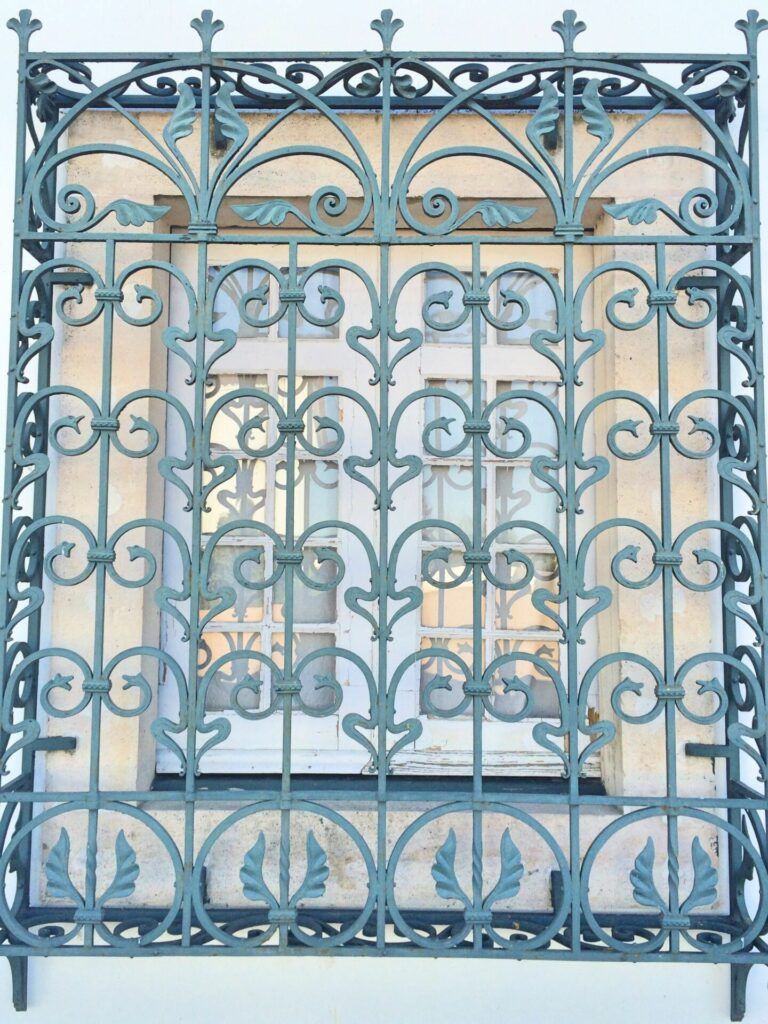
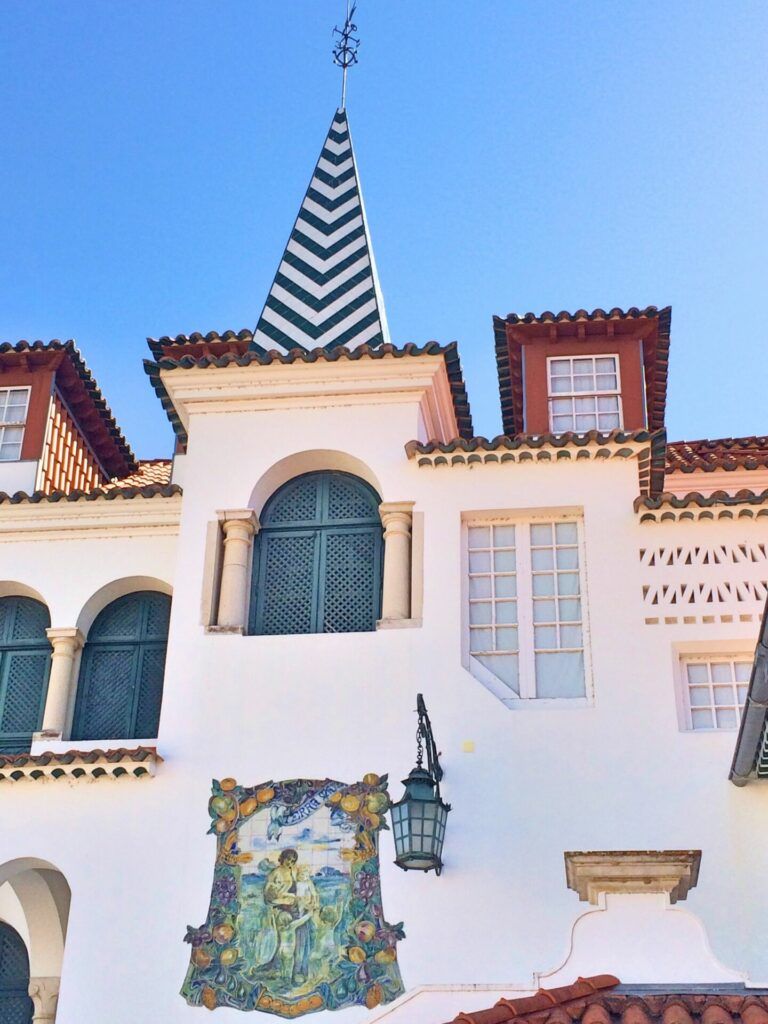
You’ll stumble upon Casa dos Patudos, an imposing white-walled and red-roofed building in a place known as Alpiarça (just outside Santarém). José Relvas was an avid art collector and needed a home for his vast collection. He asked one of Portugal’s most preeminent 20th century architects, Raul Lino, to create such a home for him. In 1905, construction began.
In spite of an education in England and Germany, Lino built the phenomenal Casa dos Patudos using distinctly Portuguese art forms, including azulejos and ironwork. The exterior is relatively simple in its design compared to the interior, although it still boasts arches in the window-frames and patio, a fountain, a bell, chimneys, a gorgeous stripy spire and azulejo features. But the inside is where the architect and designer truly flaunted his expertise, down to the numerous minute details. Much of the furniture, for example, is Portuguese and some of it was designed by Lino himself. Even the bathroom is worth visiting – its blue and yellow azulejos are gorgeous and the toilet and bidet are surprisingly intricate! Interesting fact: Raul Lino was also responsible for the two extensions to the property that took place over the years.
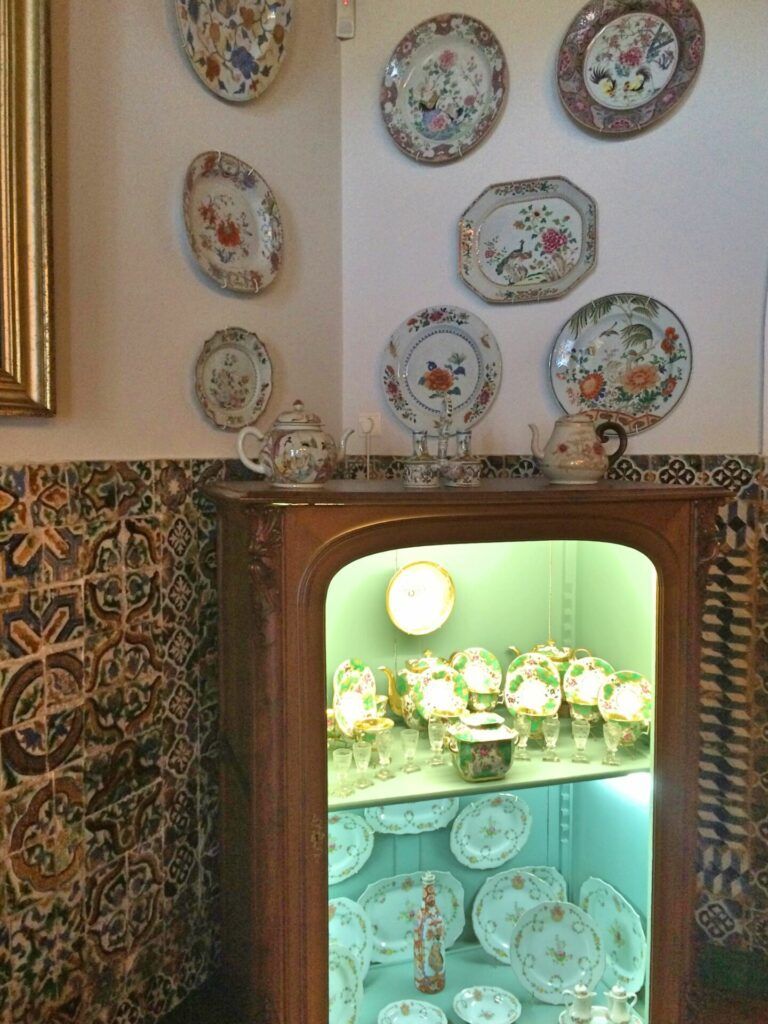
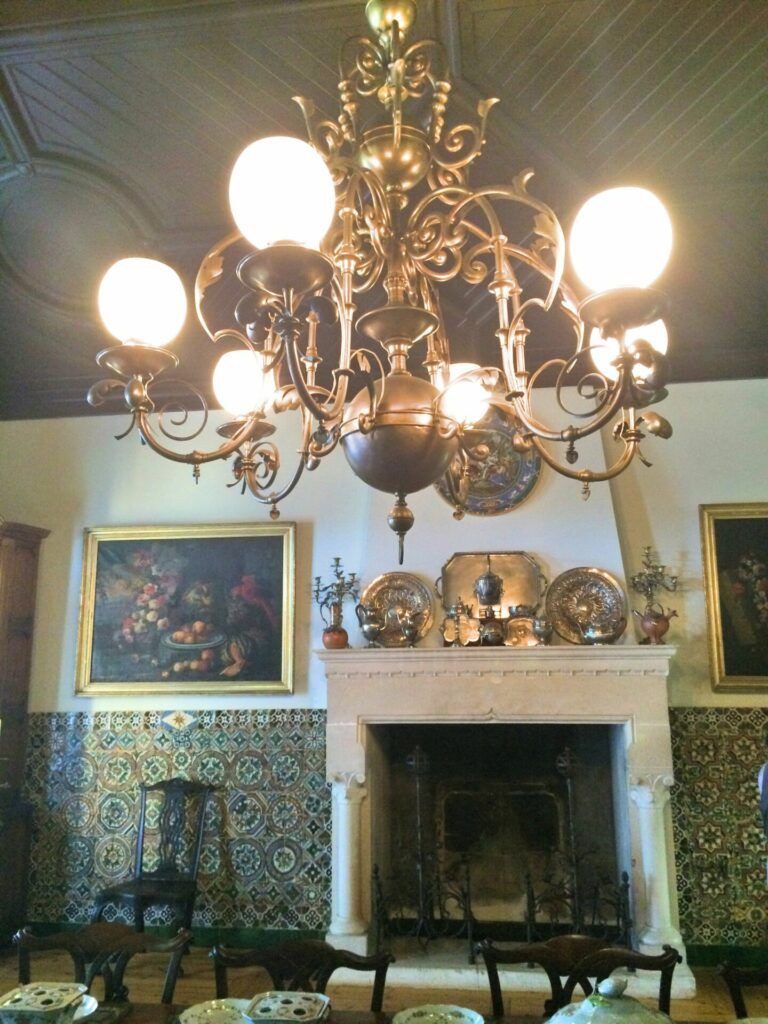
The inside boasts numerous tapestries, paintings, sculptures, china and other decorative arts. Everywhere you look is something beautiful to admire. Despite its simplicity relative to the rest of the house, I find the azulejo-lined kitchen particularly charming, especially with its contrasting metal and copper kitchen utensils.
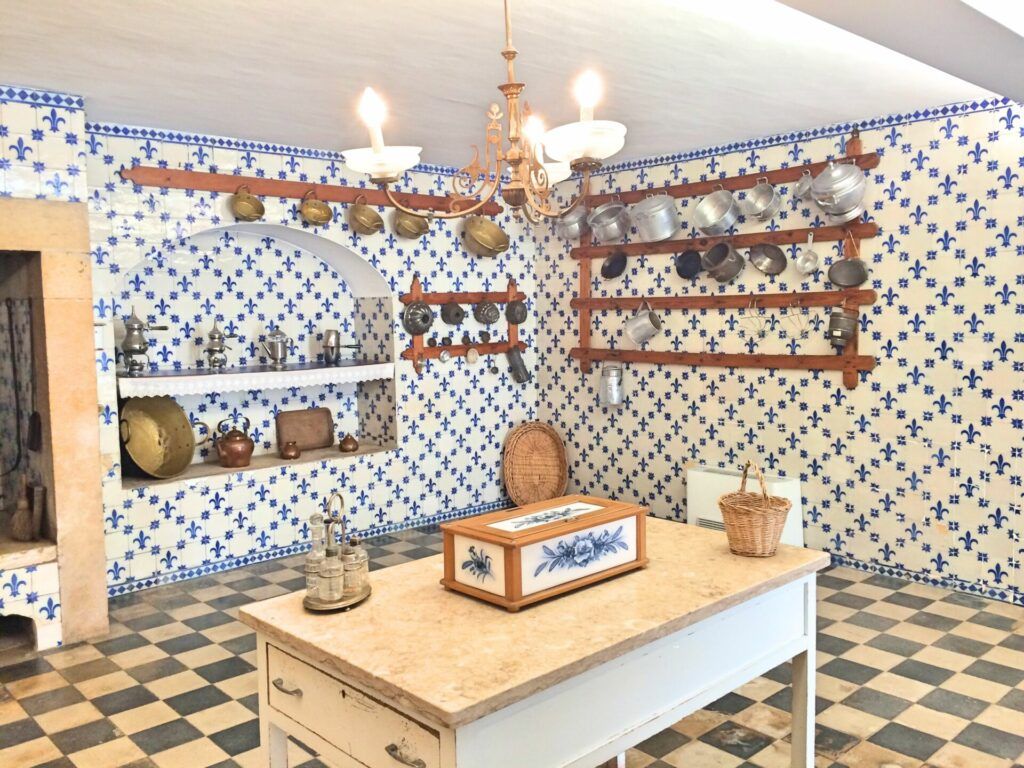
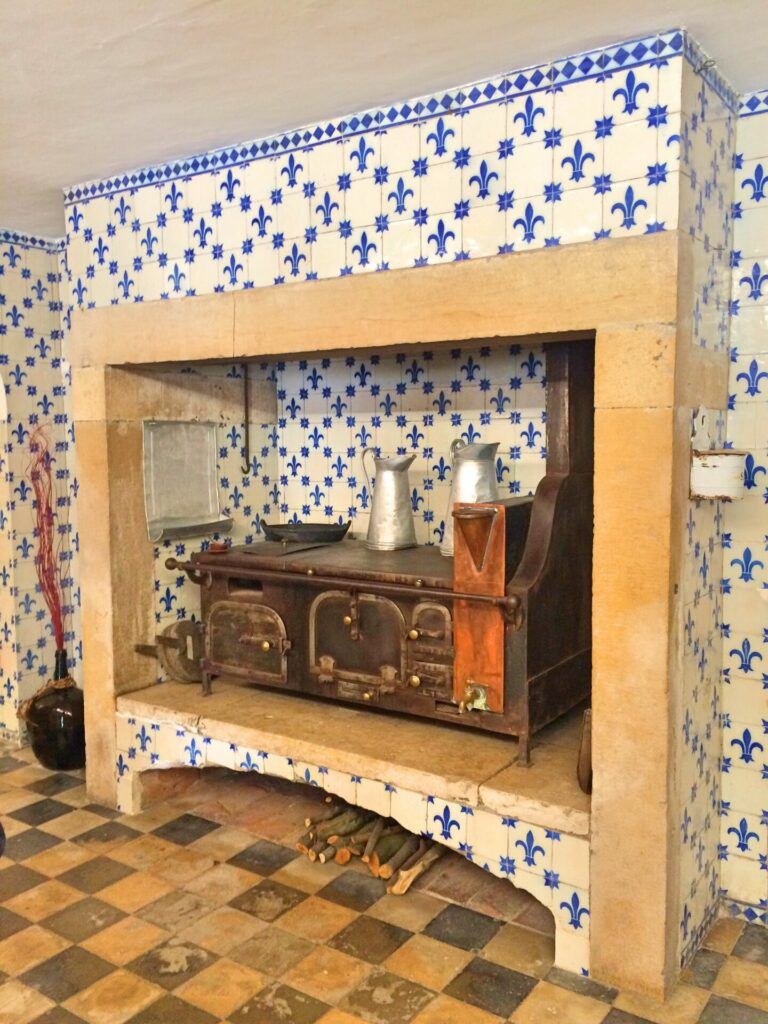
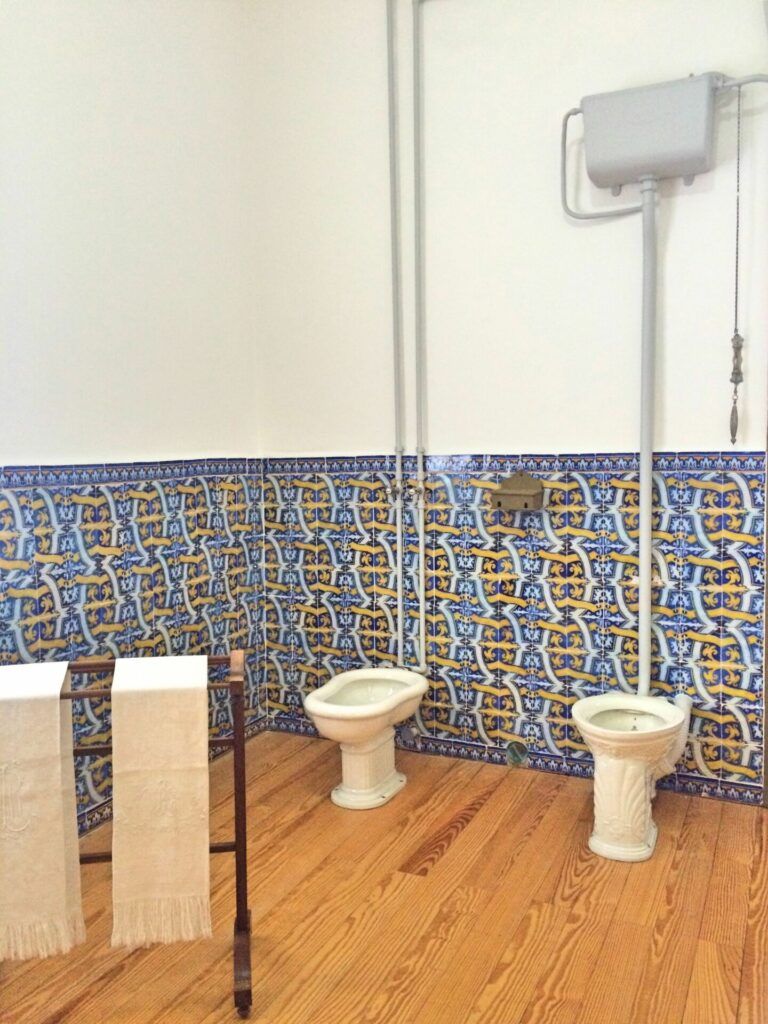
If, like me, you’re a sucker for beautiful details, Casa dos Patudos will leave you feeling pretty happy with your decision to visit. If you’re the kind of traveler who likes to go off the beaten path, this is one of those places that most tourists aren’t normally privy to.
Have you been to Casa dos Patudos? What was your favorite part?
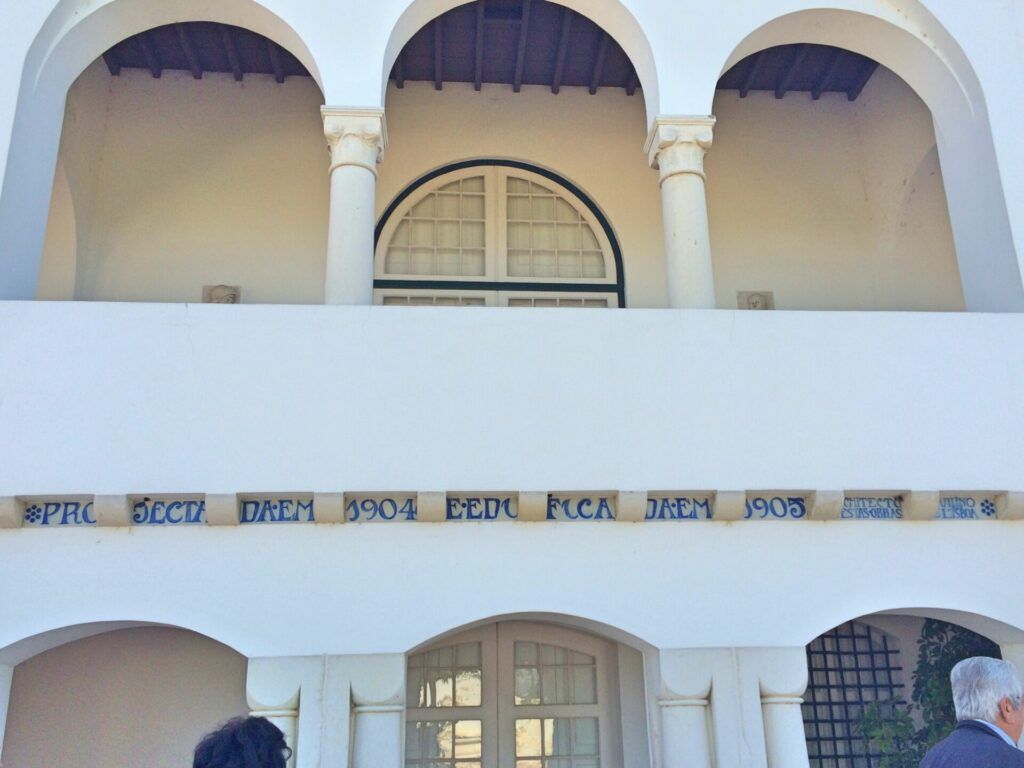
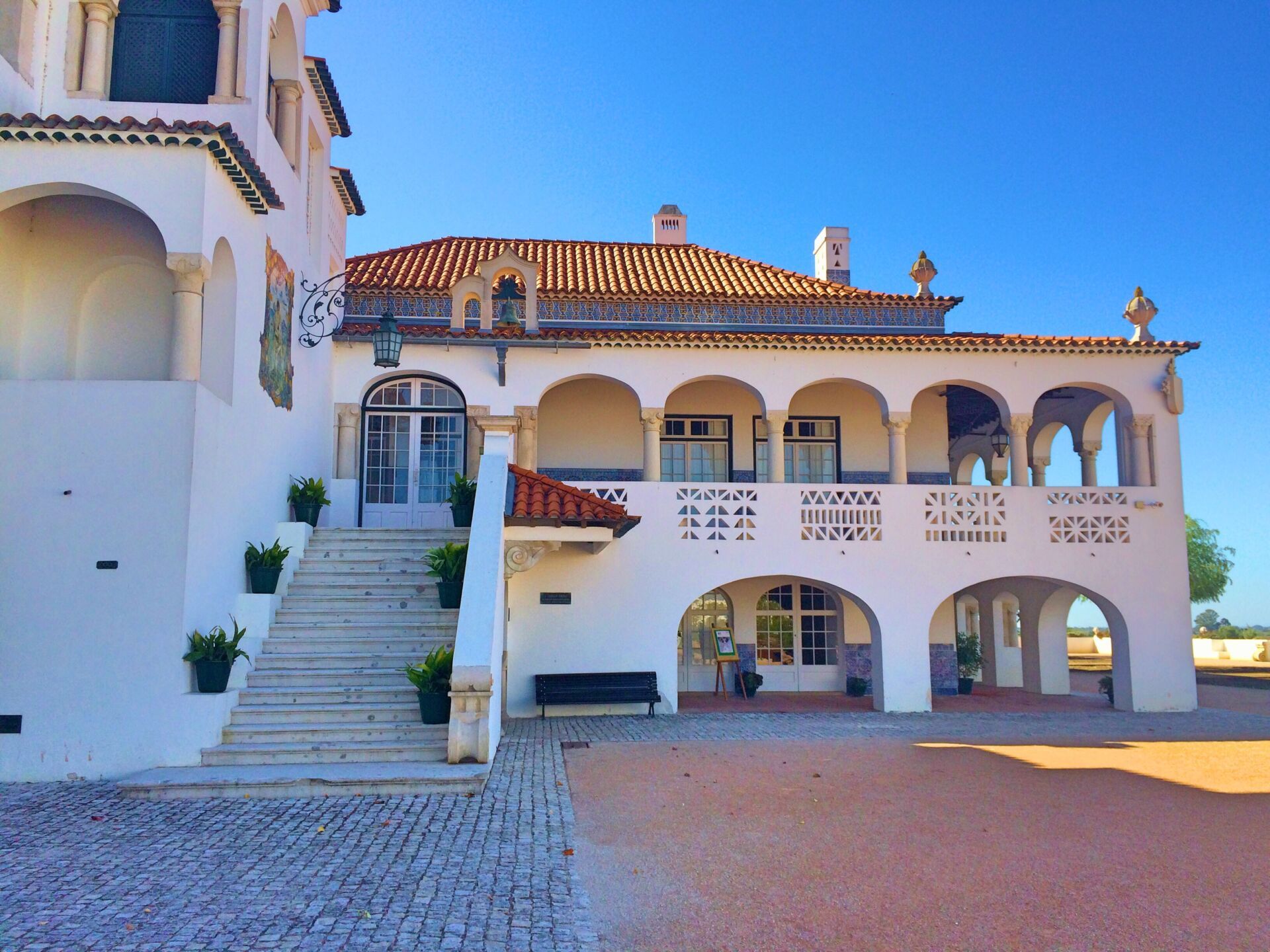


Hi A great discovery I look forward to visiting- would have appreciated a link to the venue with opening hours etc. Or am I not seeing it? Thanks
Complete oversight on my part: thanks for pointing it out! I’ve included the link in the first paragraph and again below, but it’s open Tues-Sun, 10am-12pm & 2pm-6pm (5pm in winter). Let me know how you liked it! http://www.casadospatudos.com